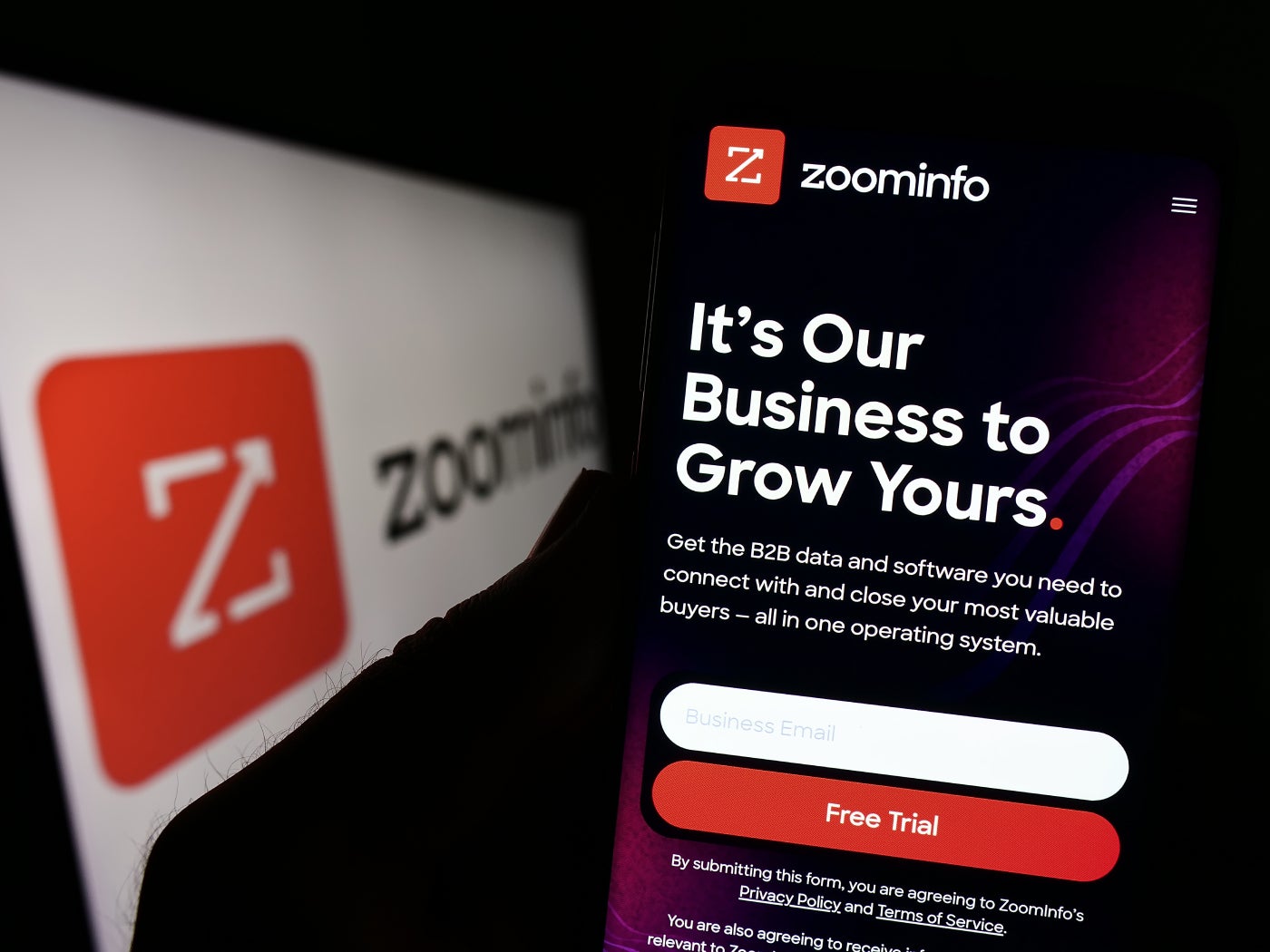As an IT professional tasked with keeping up with the latest trends and advancements, you cannot afford to get bogged down in the hyperbole surrounding Web 3.0 and instead must focus on the potential of this budding technology as it reaches its mature, practical form. A business environment built on Web 3.0 technology will require a fresh approach to every interaction and every management decision.
With this, knowing the terminology associated with Web 3.0 will be vital for every IT administrator, developer, network engineer, manager and decision maker in business.
Understanding Web 3.0 Technology
From Web 1.0, characterized by static, read-only web pages, to our current version of Web 2.0, innovation is a constant theme in the tech industry. Despite any hyperbolic predictions you may have heard, Web 3.0 and blockchain are real technologies, and businesses of all types and sizes need to be aware of them and prepare for them.
Web 3.0 refers to the possible future of the World Wide Web. Web 3.0 is a general term that encompasses the range of technologies that will underpin a decentralized Internet. The general viability of the concept is not yet well defined, except for a few very specific projects.
Just as nascent technological advances such as cloud computing, the Internet of Things, and big data systems suffered from sensationalist predictions as they matured, so too will Web 3.0. Addressing the emerging developments in Web 3.0 technology will require a good understanding of its key concepts and terms.
Venture into the Web 3.0 space
Gain a clearer understanding of Web 3.0 concepts and terminologies with TechRepublic Premium's quick glossary.
For example, this exclusive resource details what consensus mechanism means. It is defined as the algorithm used in distributed systems to establish agreement on the state of the network, such as account balances and the order of transactions. This mechanism ensures that all nodes in the network are synchronized and that all data inputs and transactions are validated, legitimate, and secure. The two most common consensus mechanisms in blockchain are proof-of-work and proof-of-stake.
It also describes the meaning of a decentralized autonomous organization, abbreviated as DAO, which is an organization owned by its members that has no centralized leadership and has its internal rules embedded as computer code in an open and transparent manner in the form of a smart contract. DAO members are typically given governance tokens, with which they can vote on what the project does and how it does it. The intention is to form a global stakeholder association that bypasses government regulations.
Transaction hashing is also explained in the glossary. A hash function is a cryptography algorithm that takes an input (a string of numbers and letters) and transforms it into a fixed-length output (hash) as part of a complex mathematical problem. A blockchain system uses these hash functions to protect the integrity, security, and immutability of transactional data on the network.
The guide further explores terminologies such as creator economy, extended reality, proof of work, and trustless transactions.
Those interested in expanding their knowledge of Web 3.0 can download the quick, nine-page glossary for $9 from TechRepublic Premium.












